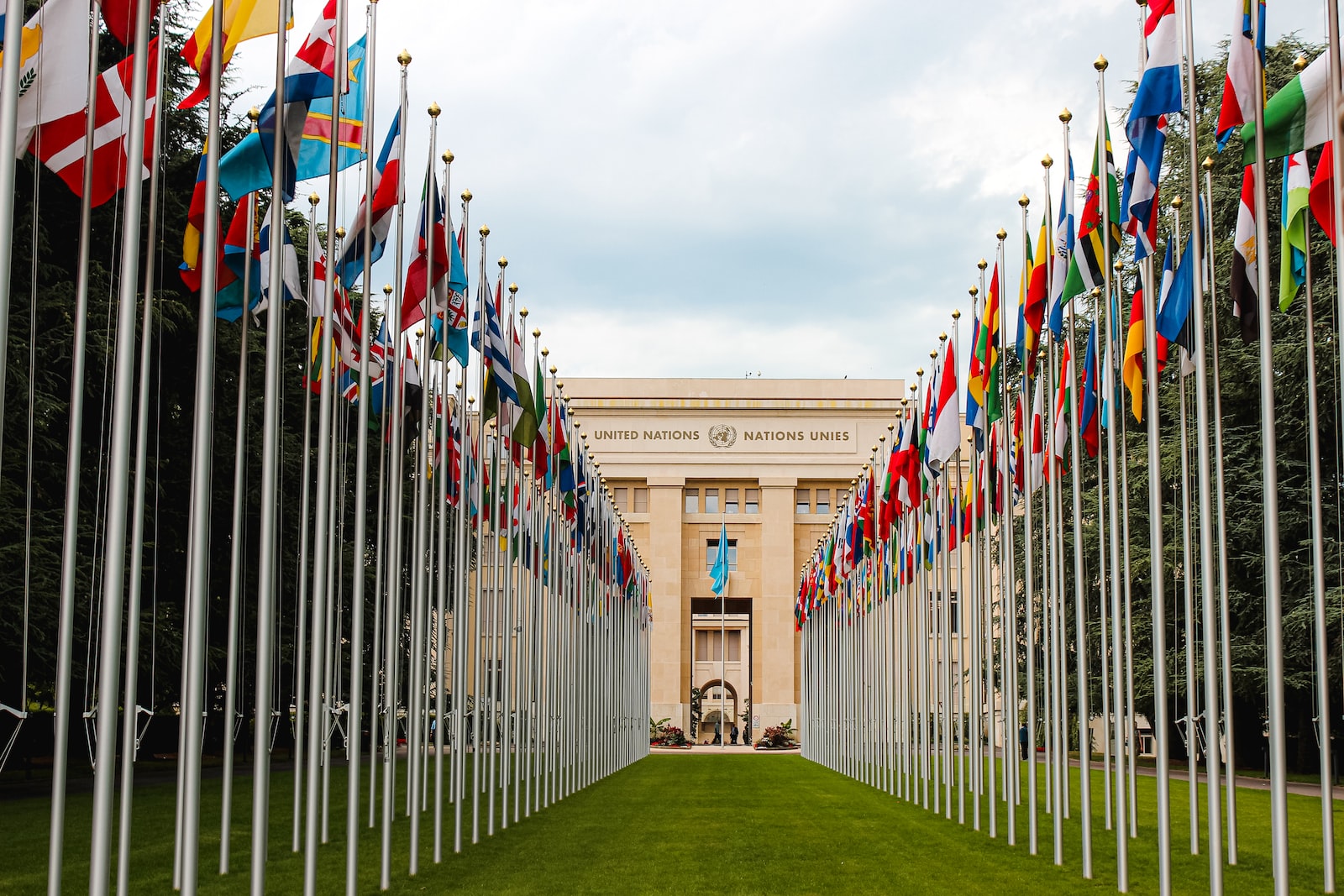Flags are everywhere and for everything. Countries, regions, cities, international bodies, various organizations, political and societal movements and many other things for which it has sometimes become a commercial emblem or a claim symbol. For all tastes and in all fields…
Without making the tour of all the flags or all that has a flag, here are some things that you do not necessarily know about the flags of the countries of the world.
When were the first flags created?
According to historians, the first cloth flags similar to the present ones would have appeared in China about two millennia before Christ.
Why blue white red for the French flag ?
The current flag of France dates back to the Revolution and has always been used since then with only an interruption during the Restoration from 1814 to 1830.
The three colors, blue, white and red presented in bands of equal dimensions refer originally to the colors of the American Revolution (1775-1783) and the American flag.
What we don’t necessarily know about the flags of the countries
The study of flags and other banners is called the vexillology from Latin vexillum which designated the Roman standards.
Except for the flags of Switzerland and the Vatican, which are square, and the Nepalese flag, which is made up of two triangles, all the national flags of countries are rectangular in shape.
In almost half of the cases (45%), there is also a ratio of 2 to 3 between length and width as for the French flag. For the others, this ratio is generally in most cases either 1 to 2 (example: Canada), or 3 to 5 (example: United Kingdom). As for the flag of Qatar, with a ratio of 1 to 2.54 for the width, it is the most elongated and narrow of all flags in the world.
Among the originalities in terms of dimensions, it should be noted that if we are used to see the Belgian flag with the same proportions as the French (2/3), its official version is nevertheless almost square with a ratio of 13/15.
Many flags have symbols (coats of arms, mottos, etc) that complement their colors. In all cases, these are identical on one side and the other except in the case of Paraguay which has a different symbol on each of its sides.
In terms of colors, red, white, blue and green are the most present. Most often symbolism is attached to them as the sea or the sky for the blue, the blood shed (for independence) for the red, the color of skin of Africans for the black, etc.
In general, some colors are also more present according to the continents. This is the case of green, yellow, red in Africa, which refers to the colors of Ethiopia and its sovereignty kept at the time of colonization.
It is quite common that several countries have similar flags, whether for historical, cultural or political reasons.
Thus the three stripes + a geometric shape using the colors red, white, black, green is very present in the Middle East with notably the flags of Jordan, Palestine, Kuwait and some others.
The same with its famous Scandinavian crosses that are found in all northern European nations.
Some flags have historically had more influence than others. Even if the French flag is far from being negligible (although it is not very visible), it is the British Union Jack that has always had the most weight in this field. Many former colonies or territories have a small corner on their colors where the flag of the United Kingdom still appears.
As for the American flag, with its stripes and stars, it has at least inspired Liberia, Malaysia and Uruguay.
As for the political symbolism, the red of China or the former USSR is still found in some countries that were more or less communist at one time, such as Vietnam, Albania or some Central Asian republics.
In terms of the various symbols, the star, alone or grouped, is the most common, since it adorns 45% of the world’s flags.
This does not prevent that there may also be a monument (Cambodia), a map background (Cyprus, Kosovo), a celestial constellation (Australia and New Zealand with the Southern Cross, but also Brazil), or weapons (as on the flag of Kenya) to decorate.
Finally, two words on a flag that is currently very present everywhere in the news. The one of Ukraine with just a blue stripe above a yellow one, symbolizing a blue sky on wheat fields…

